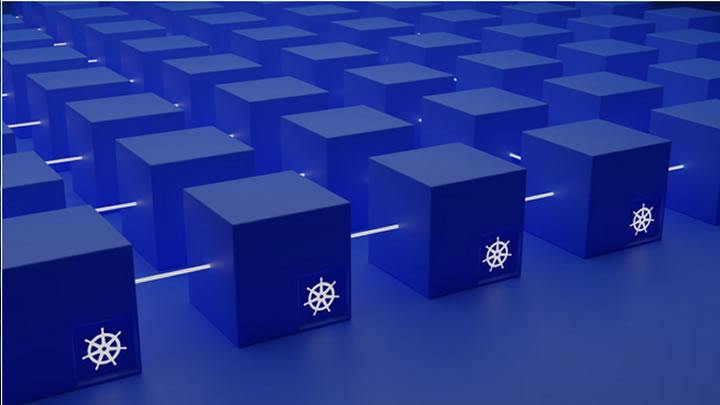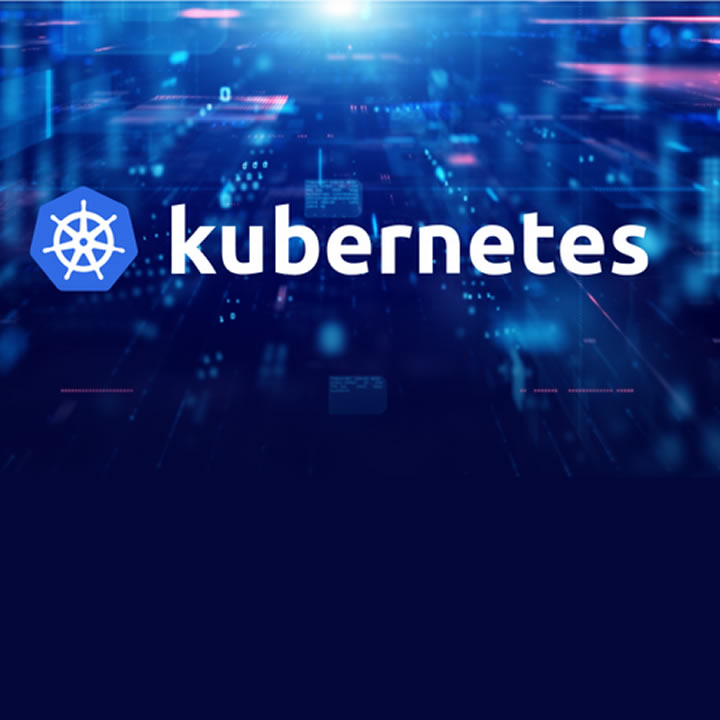An open-source technology called Kubernetes enables you to automate the installation, growth, and administration of containerized applications.
Many businesses utilize this immensely effective tool to manage their apps, particularly those that are hosted on cloud platforms like Google Cloud Platform (GCP). We’ll guide you through the procedures needed to set up a Kubernetes cluster on the Google Cloud Platform in this post.
What Exactly is Kubernetes?
The container-centric management tool Kubernetes has replaced Docker as the de facto industry standard for deploying and managing containerized applications due to the expanding usage of containers in organizations.
Kubernetes was created at Google and made available as open source in 2014. Google Cloud managed services to increase IT flexibility, scalability, and cost-effectiveness and make companies change-ready, supporting substantial IT and business transformation.
For 15 years, Google has used Kubernetes to handle containerized workloads, and the open-source community has contributed important additions.
What Advantages Does Kubernetes Offer?
Scalability: You can quickly scale your apps up or down as necessary using Kubernetes. You can easily manage auto-scaling rules, add or delete containers, and modify resource allocations.
Resilience: With built-in techniques for recovering from errors and keeping your apps operating even in the face of hardware or network problems, Kubernetes is meant to be extremely robust.
Using Resources: By enabling you to load numerous containers onto a single node and by dynamically allocating workloads across nodes, Kubernetes aids in the optimization of resource consumption.
Service Identification and Load Distribution: The built-in service discovery and load-balancing capabilities of Kubernetes make it simple to link your apps to one another and to other services.
How to Configure a Cluster Using Kubernetes on the Google Cloud Platform

Step 1: Establish a GCP Project
Creating a new project is the first step in setting up a Kubernetes cluster in GCP. Skip this step if you already have a GCP project.
Go into your GCP console and choose “Pick a Project” from the dropdown menu in the top navigation bar to start a new project. Enter the project name and click “Create” after selecting the “New Project” option.
Make sure the project is chosen in the top navigation bar once it has been created.
Step 2: Activate the Kubernetes Engine API
The Kubernetes Engine API must then be enabled for our project. We can build and control Kubernetes clusters on GCP using this API.
Click on the “Navigation Menu” button in the top-left corner of the GCP interface and choose “APIs & Services” > “Dashboard” to activate the Kubernetes Engine API. Finally, after selecting “Enable APIs and Services,” look for “Kubernetes Engine API.”
To activate the API, click the “Enable” button.
Step 3: Establish a Kubernetes Cluster
We may now construct our Kubernetes cluster as the Kubernetes Engine API has been enabled. To achieve this, choose “Kubernetes Engine” > “Clusters” by clicking the “Navigation Menu” button in the top-left corner of the GCP panel.
To set up your cluster, click the “Create Cluster” button and follow the wizard’s instructions.
A cluster name, zone, and node pool size should all be selected. Moreover, you can turn on Istio integration, auto-scaling, and auto-upgrading. After configuring your cluster, click “Create” to start the creation process.
Step 4: Associated with the Cluster
To deploy your apps, you must connect to your newly built Kubernetes cluster.
Click the “Connect” button on the cluster information page to establish a connection to your cluster. This will provide a command for the Kubernetes command-line tool that you can use to connect to your cluster (kubectl).
Run the command on your terminal after copying it. As a result, kubectl will be set up to connect to your cluster.
Step 5: Application Deployment
You may now begin deploying your apps after connecting to your Kubernetes cluster. You must build a Kubernetes manifest file that details the deployment, service, and other resources of the application before you can deploy it.
The kubectl apply command may be used to deploy your application and apply the manifest once you’ve produced your manifest file. For instance, you may deploy a manifest file called “my-app.yaml” by using the following command:
- apply -f my-app.yaml in kubectl
Conclusion
At a first, glance, setting up a Kubernetes cluster on the Google Cloud Platform may appear difficult, but the procedure is simple.
You can quickly set up and start using your own Kubernetes cluster by following the instructions provided in this article. You’ll be able to deploy and manage your containerized apps with ease once your cluster is up and running.

